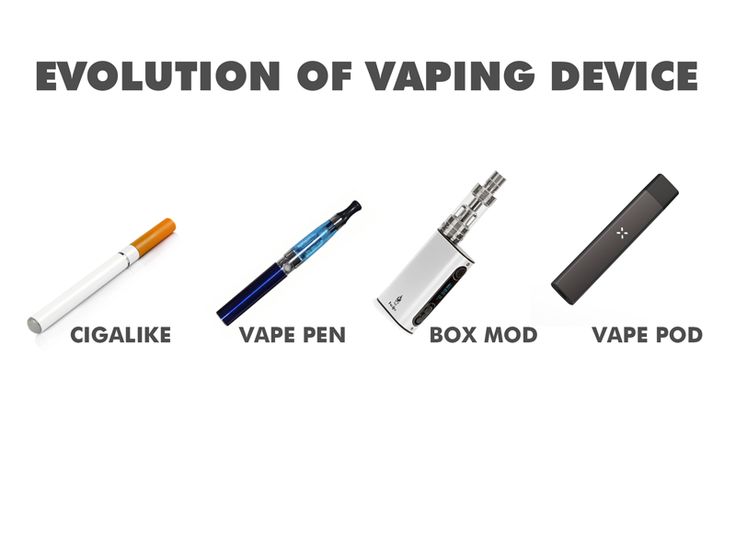The Evolution of Nicotine: From Traditional Cigarettes to Modern Nicotine Chews
Nicotine, a naturally occurring alkaloid found in tobacco plants, has played a significant role in human culture and history. From its initial use in traditional smoking practices to the rise of modern alternatives like nicotine chews, the methods of nicotine consumption have evolved dramatically over the centuries. This blog explores the journey of nicotine use, the shift towards safer alternatives, and the growing popularity of nicotine chews as a contemporary option.
1. The Early History of Nicotine Consumption
Nicotine’s journey began long before the advent of the modern cigarette. Indigenous peoples in the Americas were among the first to use tobacco, often in religious or ceremonial contexts. They consumed nicotine primarily through smoking dried tobacco leaves in pipes or rolled leaves into primitive cigars. The act of smoking was deeply ingrained in their cultures, symbolizing peace, spirituality, and community.
When European explorers encountered tobacco in the 15th and 16th centuries, they quickly adopted the practice of smoking. Tobacco spread rapidly across Europe and Asia, with smoking becoming a popular pastime. Initially perceived as a medicinal substance, tobacco was believed to have healing properties, although this belief was later debunked.
2. The Rise of Cigarettes and Mass Consumption
The invention of the modern cigarette in the late 19th century marked a turning point in nicotine consumption. Cigarettes were more convenient and affordable than previous forms of tobacco use, leading to their widespread adoption. By the 20th century, smoking had become a global phenomenon, with cigarettes being mass-produced and heavily marketed.
Unfortunately, the rise of cigarette smoking also brought significant public health issues. The addictive nature of nicotine, coupled with the harmful effects of tar, carbon monoxide, and thousands of other chemicals in cigarette smoke, led to a surge in smoking-related diseases. Lung cancer, heart disease, and respiratory illnesses became alarmingly common among smokers. Despite growing evidence of these health risks, smoking continued to dominate as the primary method of nicotine consumption for much of the 20th century.
3. The Shift Towards Safer Alternatives
As awareness of the dangers of smoking increased, so did the demand for safer alternatives. The 1980s and 1990s saw the introduction of nicotine replacement therapies (NRTs), such as nicotine gum and patches. These products were designed to help smokers quit by providing a controlled dose of nicotine without the harmful byproducts of combustion.
The introduction of e-cigarettes in the early 2000s further revolutionized nicotine consumption. E-cigarettes allowed users to inhale nicotine-infused vapor instead of smoke, reducing exposure to many of the toxic chemicals found in traditional cigarettes. Although e-cigarettes were initially touted as a safer alternative, concerns about their long-term health effects and the potential for youth addiction have since emerged.
4. The Emergence of Nicotine Chews: A Modern Solution
Among the latest innovations in nicotine consumption are nicotine chews. These products represent a significant evolution in how nicotine can be consumed, offering a discreet, convenient, and potentially safer alternative to both smoking and vaping.
What Are Nicotine Chews?
Nicotine chews are small, gum-like products designed to deliver nicotine orally. Unlike traditional chewing tobacco, which is associated with serious health risks like oral cancer, modern nicotine chews are formulated to be spit-free and smoke-free. Users simply chew the product to release the nicotine, which is absorbed through the lining of the mouth.
Advantages of Nicotine Chews:
- Discreet Use: Nicotine chews can be used anywhere, anytime, without drawing attention. There’s no need for a lighter, charger, or special equipment, making them ideal for on-the-go consumption.
- Controlled Nicotine Intake: Nicotine chews come in various strengths, allowing users to choose the dosage that suits their needs. This can be particularly beneficial for those trying to reduce their nicotine intake over time.
- Reduced Health Risks: While nicotine itself is addictive and not without risks, nicotine chews eliminate the dangers associated with smoking and vaping, such as lung damage and secondhand smoke. However, it’s important to note that nicotine can still have adverse effects on cardiovascular health and should be used responsibly.
- Flavor Variety: Modern nicotine chews are available in a range of flavors, catering to different tastes and preferences. This variety can enhance the user experience, making it more enjoyable than traditional tobacco products.
5. Warnings and Considerations
While nicotine chews offer several benefits, they are not without risks. Nicotine is a highly addictive substance, and users should approach it with caution. Here are some important considerations:
- Addiction Risk: Nicotine chews, like other nicotine products, carry the risk of addiction. They should be used carefully, especially by individuals who are not already dependent on nicotine.
- Health Implications: Although nicotine chews are less harmful than smoking, nicotine can still negatively affect heart health, blood pressure, and pregnancy. They are not recommended for pregnant women, individuals with heart conditions, or non-smokers.
- Youth Access: Nicotine products, including chews, should be kept out of reach of children and teenagers. The growing popularity of flavored nicotine products has raised concerns about their appeal to younger demographics, potentially leading to early addiction.
- Responsible Use: Always follow the recommended usage guidelines and do not exceed the advised dosage. If you are trying to quit nicotine, consider using nicotine chews as part of a broader cessation strategy, possibly under the guidance of a healthcare professional.
6. Conclusion
The evolution of nicotine consumption reflects society’s growing awareness of health risks and the demand for safer, more convenient alternatives. From the early days of traditional smoking to the modern innovation of nicotine chews, each stage of this journey has brought new options for users seeking nicotine in different forms.
Nicotine chews, as a recent addition to the market, offer a promising solution for those looking to enjoy nicotine without the downsides of smoking or vaping. They represent a forward-thinking approach to nicotine consumption, combining convenience, discretion, and reduced health risks. However, like all nicotine products, they should be used responsibly and with a full understanding of the potential risks.
As we look to the future, the continued evolution of nicotine products will likely bring even more innovations aimed at improving user experience and safety. At Tahoe Blu Chew, we are proud to be part of this journey, offering high-quality nicotine chews that align with modern consumer needs and preferences. Whether you’re looking to transition away from smoking or simply explore a new way to enjoy nicotine, nicotine chews might just be the perfect fit for you.


